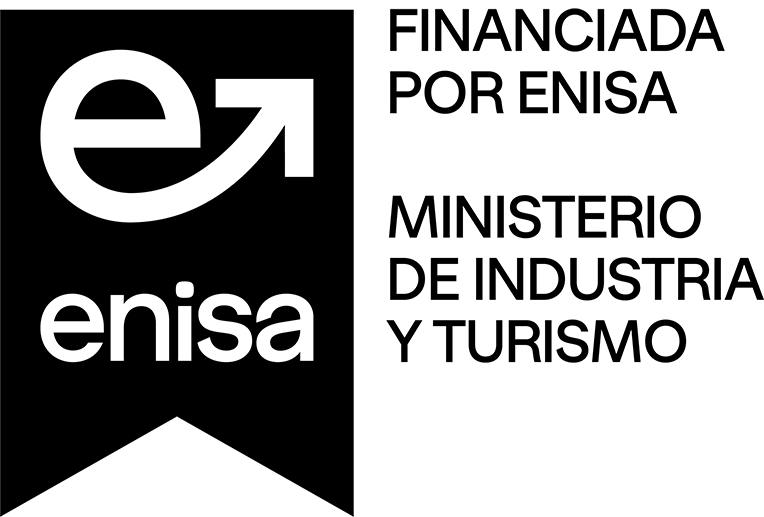Is the world a better place because your company is operating there? With this question, Paul Polman, a business leader and former CEO of Unilever, closed the third edition of “Impact Day” —a reference event in the field of Impact, held on May 13 and organized by the Impact Observatory, an initiative promoted by Transcendent, Ontier and Advantere School of Management.
To answer this question in the affirmative organizations must ensure that they generate a net positive impact social and environmental at every stage of the value chain and to each of the interest groups; customers, employees, investors, suppliers, etc. We are talking about a management oriented to Positive Impact, which will allow companies to lead in an increasingly volatile, uncertain and demanding environment. In this context marked by geopolitical tensions, technological disruptions and growing regulatory and social demands, these companies will be better prepared to face complexity and respond to the expectations of different stakeholders. People prefer to work in purposeful companies, clients and investors value their consistency, businesses are more resilient, and regulatory compliance is a natural outcome.
The insurance sector, historically committed to financial stability and social resilience, is no stranger to this reality. In addition to the classic challenges of underinsurance in key sectors such as household, agriculture or savings, there are now external pressures derived from climate change, energy transition, inequality or demographic aging. Addressing these dynamics is not only a matter of compliance, but of competitiveness, especially in a sector whose social value is not fully recognized.
From Transcendent, strategic consultant specialized in sustainability and Impact, has been developed a own methodology for implementation in the insurance sector.
This is structured in three stages:
- Impact Discovery: First, the most relevant social and environmental challenges in the entities' value chain must be identified. This exercise, more specific and strategic than dual materiality analyses, makes it possible to prioritize areas where organizations can differentiate themselves. In the case of the insurance sector, we are talking about inclusion, accessibility, protection against climate change, support for the energy transition or adaptation to demographic change.
- Impact Measurement: The objective is to quantify the real impacts, positive or negative, on interest groups — vulnerable households that maintain a basic level of consumption after a covered claim or customers who, thanks to their policy, can face an unexpected event —such as an illness or an accident— without suffering a severe financial impact, which makes it possible to value the efforts made and to identify new management levers. This rigorous measurement of changes in levels of well-being reinforces the corporate narrative before customers, employees, investors and regulators.
- Impact Management: Finally, impact management allows us to analyze measurements and identify transformations at all levels of the entity to maximize net positive impact; what do I have to do for current initiatives to generate more impact? What new initiatives do I need to incorporate in terms of products, services, alliances, cultural changes, talent management, investments, entrepreneurship, etc.? How do I value the impact generated internally and externally? It's about connect every decision with a tangible contribution to society and the environment.
This approach, far from being an extra cost, represents a strategic investment. As Paul Polman also points out, business leaders will be valued, not for how they maintained good management until now, but for how they undertook the necessary transformation to successfully face this new reality.
This vision is what guides Transcendent's work together with entities in the sector that have already started this path.
This article was published as an opinion forum within Insurance News












